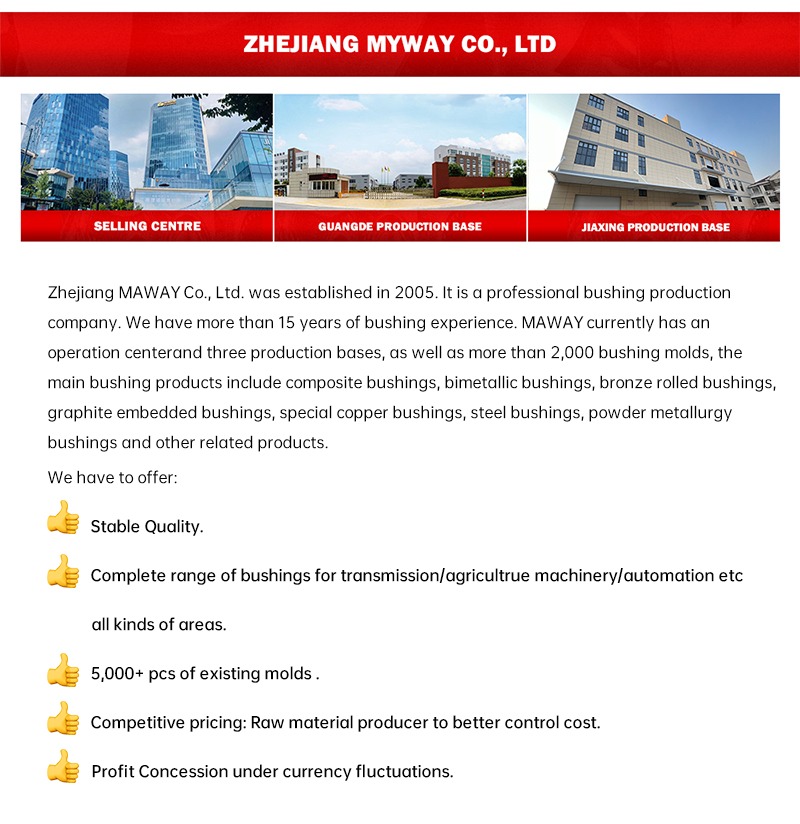How to identify and replace worn gearbox bushings

Your vehicle’s transmission is a vital component that allows for smooth shifting and transferring power from the engine to the wheels. Within a transmission, there are various components that work together to ensure proper function, including the transmission bushings. Over time, these bushings can wear out, causing problems such as difficult shifting, excessive vibration, and even transmission failure. In this guide, we’ll discuss how to identify worn transmission bushings and the steps to replace them to ensure continued performance and longevity of your vehicle’s transmission.

Identifying Worn Transmission Bushings
The first step in solving a worn transmission bushing problem is to identify the signs of wear. Here are some common signs that your transmission bushings may be worn:
Sluggish Shifts
If you find that your vehicle shifts sluggishly or erratically, especially when changing gears, this may be a sign that the transmission bushings are worn and no longer provide the necessary support and stability.
Excessive Vibration
Worn transmission bushings can cause increased vibration, especially when the vehicle is in gear or accelerating. This vibration can be felt throughout the vehicle, especially the steering wheel and floorboards.
Transmission leaks
Check the area around the transmission for any signs of fluid leakage. Worn bushings can cause shifting and excessive movement of the transmission, leading to potential seal and gasket leaks.
Unusual noises
Listen for any unusual noises in the transmission, such as clanking or banging. These noises may indicate that transmission components, including bushings, are not properly aligned or supported



Replacing worn transmission bushings
Once you notice signs of transmission bushing wear, it’s important to address the problem immediately to prevent further damage to your transmission. Here are the steps to replace a worn transmission bushing:
Lift and secure the vehicle
Use a jack to lift the vehicle and secure it on jack stands to provide safe and stable access to transmission components.
Locate the Bushing
Locate the worn transmission bushing within the transmission assembly. Refer to your vehicle’s service manual for specific instructions on bushing location and removal.
Remove the old bushing
Depending on the design of the transmission, the old bushing may need to be pressed out using a suitable tool or removed by removing the transmission case. Please take care to avoid damaging any surrounding components during disassembly.
Install the new bushing
After removing the old bushing, carefully install the new bushing in place. Make sure the new bushing is properly aligned and securely seated inside the transmission housing.
Reassemble transmission
Reassemble transmission components according to manufacturer’s specifications and torque requirements. Take care to properly align and secure all components to prevent any problems with transmission operation.
Test the transmission:
After replacing worn transmission bushings, test the transmission to make sure it is functioning properly. Check for smooth shifting, reduced vibration, and any unusual noises or leaks.
By following these steps, you can effectively identify and replace worn transmission bushings and restore normal function and performance to your vehicle’s transmission. It is important to promptly treat signs of transmission bushing wear to prevent further damage and ensure the continued reliability of your vehicle. If you are not sure whether to replace it yourself, it is recommended to seek the help of a qualified automotive professional to ensure that the new bushing is installed correctly.
In summary, maintaining your transmission bushings is critical to the overall performance and longevity of your vehicle’s transmission. By knowing the signs of transmission bushing wear and following the correct steps to replace it, you can ensure that your vehicle’s transmission continues to run smoothly and reliably. Regular inspection and maintenance of transmission components, including bushings, will help prevent potential problems and costly repairs in the future.











